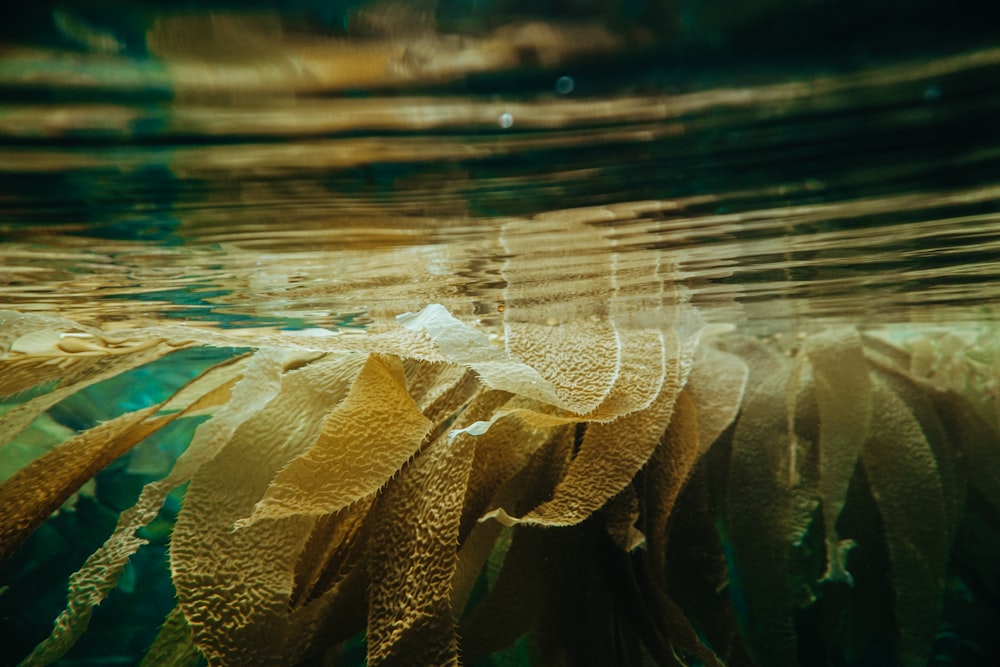Why the Conservation of Kelp Forests is so Important

With many of us growing up watching Spongebob Squarepants and knowing of Patrick Star, most of us are generally aware of sea stars. If you grew up near the ocean, like I did, you may have even handled some while tide-pooling or visiting nature centers. Across the world, there are over 2,000 species, and they are usually resilient with the ability to regenerate their limbs for up to 35 years. Unfortunately though, there’s been an epidemic among Sunflower sea stars, resulting in them being considered critically endangered after up to 90% of the population was killed. As a consequence, their habitats are under threat too.

The Marine Wildlife Epidemic and Consequences
The Sunflower sea star was abundant along the United States’ west coast until the epidemic started in 2013. The culprit? Sea star wasting syndrome — lesions appear on the body, sometimes resulting in limbs being lost, but the stars can’t regenerate like normal and die within a few days. The cause of the disease isn’t known, but the current theory is an overabundance of bacteria in surrounding waters, causing reduced oxygen levels, which are suffocating the sea stars. If this is the case, then warming oceans likely contributed to the situation.
The epidemic impacted more than just Sunflower sea stars, but that species saw the widest die off in 2013 and 2014, and the population hasn’t bounced back. Additionally, Sunflower sea stars are considered a keystone species, or a species that has a large influence on the habitat around them, usually by keeping other organisms at sustainable levels. For sea stars, they keep sea urchins at sustainable levels, but without the predator, increased levels of urchins are wreaking havoc on the kelp forests they live in and around.

Kelp forests are needed, as they are great at using carbon monoxide. In fact, some people call them the “oceans trees”, but they’re actually better at absorbing carbon monoxide than land trees are. At the same time, they’re a habitat for many marine species, protecting them from predators.
The Solutions and Solutionists
Luckily, these impacts have drawn the attention of many marine scientists and organizations, all of whom are dedicated to finding solutions.
One solution comes from Jason Hodin, a researcher at the University of Washington’s Friday Harbor Laboratories, who is trying to breed the Sunflower sea stars in captivity and in 2020, he succeeded at breeding them in such a way where they survive in the wild. To support their mission of replenishing the Sunflower sea star population, you can donate to the Friday Harbor Laboratories, intern with them, or even take classes with them. You can also donate to the Nature Conservancy, who are partnered with the University of Washington in this project.

The Nature Conservancy is trying to combat the issue in another way, by removing some sea urchins from the ocean. They’re doing this by not only killing some, but by partnering with companies that sell the urchins to restaurants, who sell them as a luxury dish.
Sea Tree’s are doing something similar in California, only they’re showing citizen scientists how to do it too in Monterey Bay. Said “citizen scientists” not only get to help save kelp forests, but also get to enjoy the marine life the Bay offers including dolphins and otters if you’re lucky. To support them, you can volunteer or donate.
There are numerous other projects around the globe aimed at kelp forest restoration, but few aimed at replenishing the population of Sunflower sea stars, as they are a lot harder to raise, and they take a lot longer to grow to their proper sizes. So, if you want to keep enjoying sea stars in the wild, please consider donating, volunteering, or even just spreading the word.


Leave a Reply